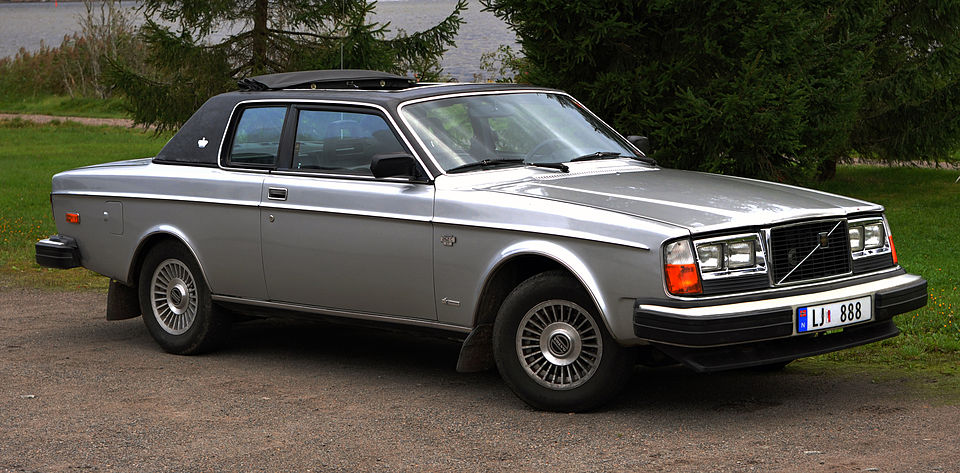In the recent past decades especially from the late 70s to the early 80s in Nigeria, many car brands and models held sway. Some of the popular ones are listed below:
Peugeot (404 saloon, pickup, 304, 604, 504 saloon, pickup, 205, 305 variants).
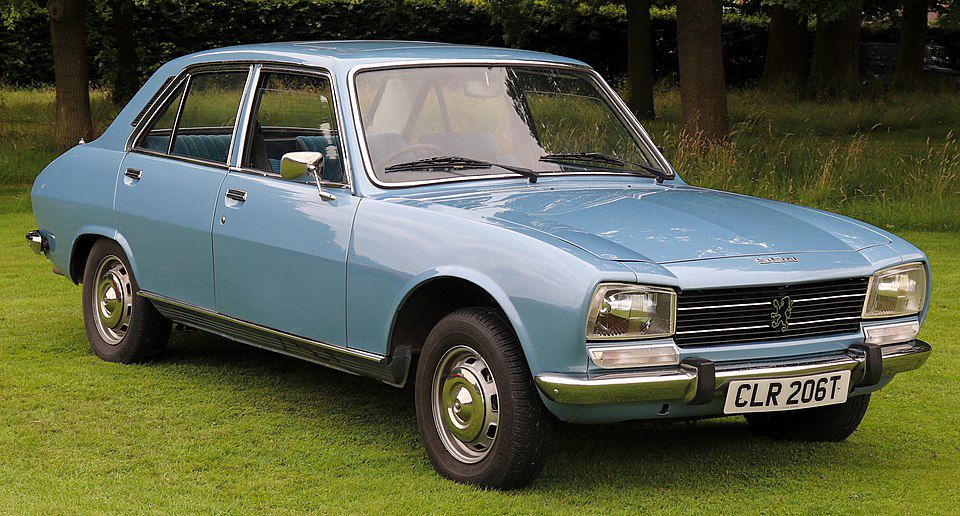


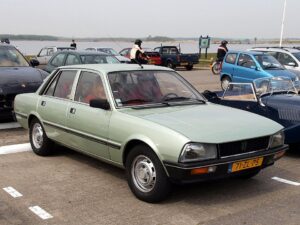
Volkswagen (K70, Brasilia, Beetle, Type 181/2, Type 4, Golf, Polo, Jetta, Scirocco, Passat, Santana variants).
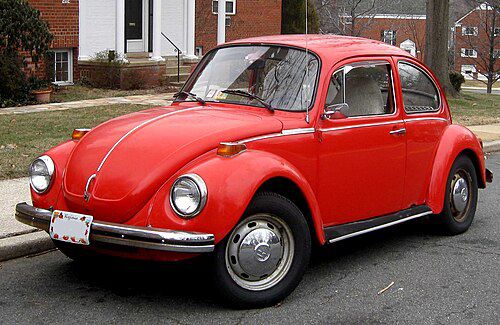
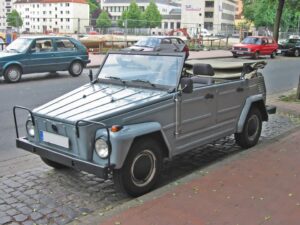
Audi models (F103, 50, 80, 100, 200, 5000, 5+5, 90 variants).
Mercedes Benz (W116 – the first S-Class, W114/115, W123, W460-GWagen, W126, W201, W124 variants).
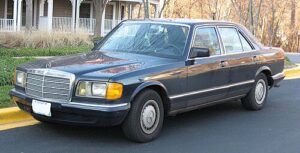
Volvo (66, 140, 164, 242, 244,240, 260, 340, 262C, 740, 760 variants,).
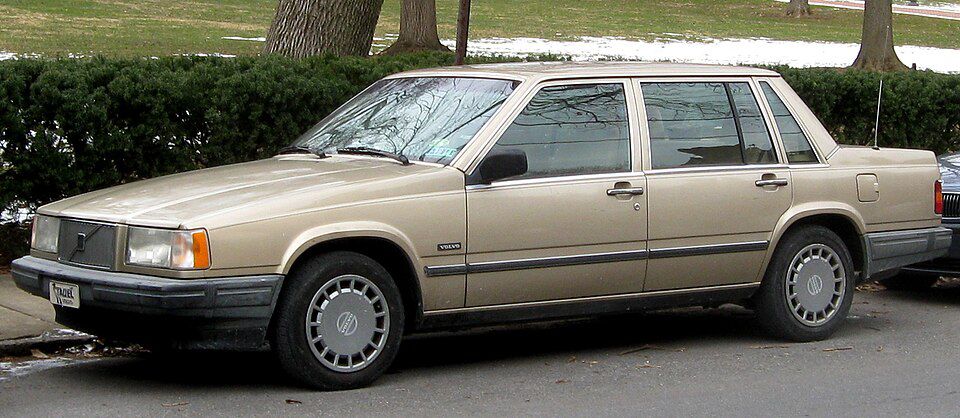
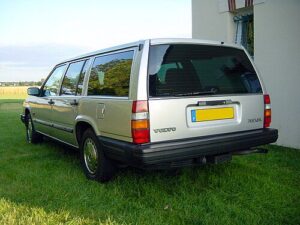
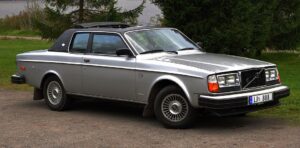
Opel Rekord, Senator, Kadett, Diplomat, Commodore, Chevette, Monza, Admiral, and the Ascona variants).
Ford (Escort, Cortina, Mustang, LTD variants).
Datsun (120Y, 180K, 810, Bluebird, Cherry, 240Z variants).
Alongside and before it became wholly Nissan (Violet, Stanza, Sunny, SX, Sentra, Fairlady, Z, 260Z, 280Z, ZX variants).
Toyota (1000, Carina, Cressida, Celica, Supra, Camry, Corolla, Tercel, Corona, Crown, J/FJ, MR2, Starlet, Land Cruiser, Hilux variants).
Honda (Life, Civic, 1300, Prelude, Accord variants).
Lincoln (Continental, Town Cars variants).
Buick (Regal, Apollo variants).
A few Mercury models.
A few BMW models.
A few Jaguar models.
A few Maserati models.
A few Chrysler models etc.
Incidentally, Datsun, Nissan, Toyota and Honda are Japanese brands while the remaining almost all others are European (at least then) and American brands.
Back in the 70s and early 80s, the cars above and a few others not mentioned were the darling of the Nigerian motoring public. In fairness also, the difference in their technologies were not too different from each other though some like the Volkswagen were a bit in their own league with their air-cooled engine technology and their REST technology that keeps the cooling fan of the engine on much longer even after the engine had been shut off. This technology is still a bit available in some of their newer models. The 2010 Touareg still has the technology. The feature allows the car to maintain whatever was the last climate setting when the engine was shut off to remain active till the driver gets back into the car if the exit from the car and engine shutdown is for a brief period. As a kid, i remember calling some visitors back to their cars that their engines were still running only for them to respond in the negative. And my 2010 Touareg still has that feature though i hardly use it.
Out of all the aforementioned car brands, then, Toyota (except the Crown) and Honda were the underdogs or off-colour brands in the sense that they were not highly regarded in the social reckoning then in Nigeria. As Peugeot, Volkswagen, Ford and Mercedes Benz were the mainstream models with Peugeot and Volkswagen taking the lead in the market share. Most others were luxury brands.
Gradually, the tides turned and with a safe bet, from about 1984 till date, the Toyota and Honda brands knocked all others from their hitherto mainstream status to become serious underdogs.
This rise of Toyota and Honda to the top of Nigeria’s car market is a fascinating case study in consumer behavior, economic realities, and brand strategy. It wasn’t an overnight success; rather, it was a steady climb fueled by a combination of historical events, market dynamics, and a unique value proposition that perfectly suited the Nigerian environment.
Before the dominance of Japanese brands, Nigeria’s car market was heavily influenced by European manufacturers. In the 1970s and the early 80s, during the oil boom, the Nigerian government partnered with foreign brands to establish local assembly plants. Peugeot and Volkswagen were major players, and models like the Peugeot 504 and Volkswagen Beetle were a common sight on the roads. These cars were a symbol of a growing middle class and were supported by government policies that protected the local industry.
However, a downturn in the economy, coupled with the high cost of locally manufactured cars and inconsistent government policies, led to a decline in local production. This created a vacuum in the market, which was quickly filled by a new wave of imported used cars. This is where the story of Toyota and Honda’s ascendancy truly began.
The economic realities of the early 80s made new cars unaffordable for the average Nigerian. This led to a massive influx of foreign-used cars, or “tokunbo,” from countries like the United States, Japan, and parts of Europe. This trend became the main driver of the Nigerian car market.
Toyota and Honda, in particular, were perfectly positioned to capitalize on this shift for several key reasons:
- Bulletproof Reliability and Durability: This is the most critical factor. Japanese manufacturers, especially Toyota and Honda, have an engineering philosophy that prioritizes simplicity and longevity. Their cars are built to withstand abuse and continue running with minimal fuss. On Nigeria’s often-unforgiving roads, a car’s ability to handle potholes, rough terrain, and long distances without breaking down is a primary concern. Models like the Toyota Corolla, Camry, and Honda Accord became legendary for their durability, earning nicknames like the “Pure Water, Bullet, Bulldog, End of Discussion, Discussion Continues” for the Honda Accord, “First Lady, Big Daddy, Big for Nothing, Orobo, Muscle for the Toyota Corolla and Camry respectively, a testament to their reliability.
- Ubiquitous and Affordable Spare Parts: The widespread presence of Toyota and Honda vehicles created a self-sustaining ecosystem. Markets like Ladipo in Lagos and other parts of the country became hubs for spare parts, both new and used. This meant that finding a replacement part for a Toyota or Honda was not only easy but also much cheaper than for a European car. This solved a major “what if” for Nigerian car owners, reducing the fear of a car being grounded for weeks due to a lack of parts.
- Widespread Technical Expertise: The sheer number of these cars on the roads meant that a generation of mechanics grew up learning to fix them. You can find a mechanic who understands how to service a Toyota or Honda in virtually every town and village across Nigeria. This widespread expertise further lowered maintenance costs and made ownership far more convenient. Sadly, most of the European and American brands adopted the rapid change of technologies faster on a massive scale and many mechanics in this part of the world did not bother moving with the paradigm shift in technologies hence started discouraging potential and existing car owners from the hitherto mainstream brands.
- High Resale Value: Because of their reliability and the ease of maintenance, Toyota and Honda cars hold their value incredibly well in the Nigerian market. A car is often seen as a significant investment, and the ability to recoup a large portion of the initial cost when it’s time to sell is a major draw. This high resale value makes them a safe financial bet for buyers.
- Fuel Efficiency: In a country with fluctuating fuel prices, fuel efficiency is a major concern. Models like the Toyota Corolla and Honda Civic are known for their excellent fuel economy, making them more affordable to run on a daily basis.
- The Communal Culture: Nigerians are well known for living a communal life; hence most people celebrate and suffer together. This makes it very easy for word-of-mouth marketing to either make or mar a brand. Once one person breaks the jinx, and uses a brand, he or she feels obligated to inform the next person, either giving a positive or negative review for the product. This greatly worked in the favour of the Japanese brands with Toyota and Honda being the biggest beneficiaries for the car segment. Though Nissan took Honda’s position in the trucks and buses segments.
The Final Stroke: The Lexus and Acura Effect
The early 90s saw the entrenchment of the dominance of Toyota and Honda as they extended into the luxury market through their respective luxury sub-brands, Lexus and Acura. These brands offered the luxury, prestige, and features of their German competitors (Mercedes-Benz, BMW) but with the core benefit of Japanese reliability and a more affordable maintenance regime.
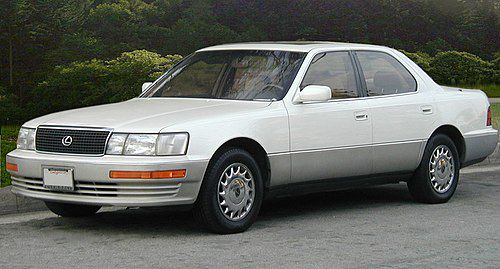

In conclusion, the rise of Toyota and Honda car brands in Nigeria was not a matter of a single factor but a perfect potpourri of circumstances. They provided the right product at the right time, addressing the core needs of the Nigerian consumer in lines with economic realities: reliability, affordability, and convenience. Their market dominance is a reflection of a deep-seated trust that these brands have built over decades, making them not just cars, but a logical and essential part of the Nigerian way of life.

